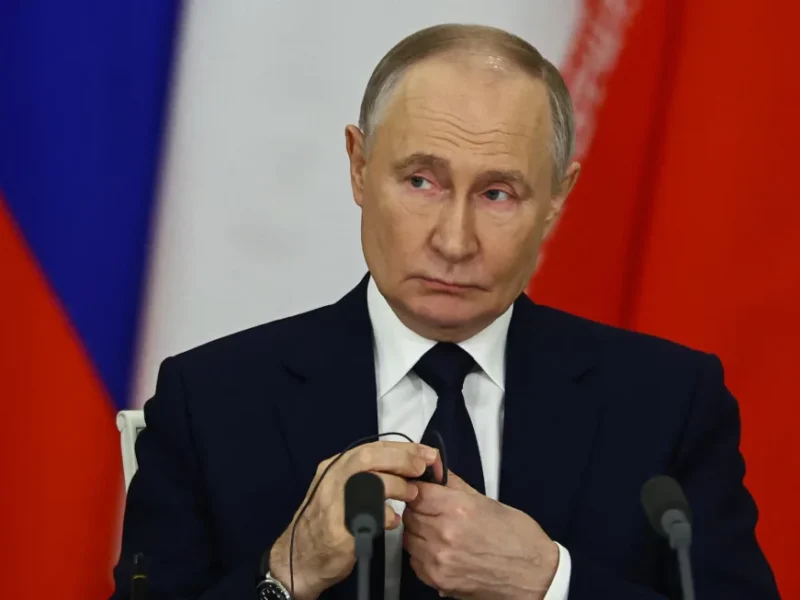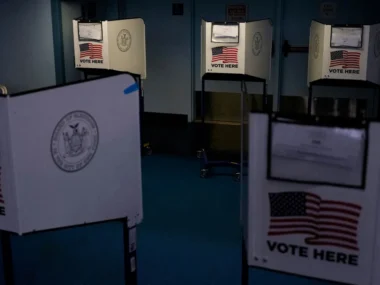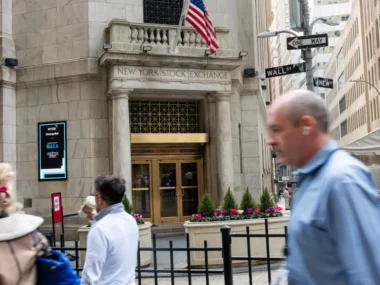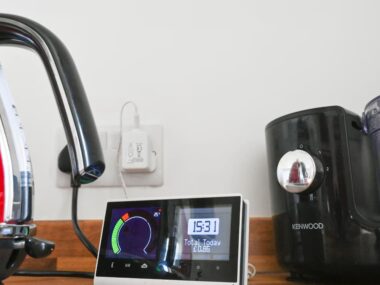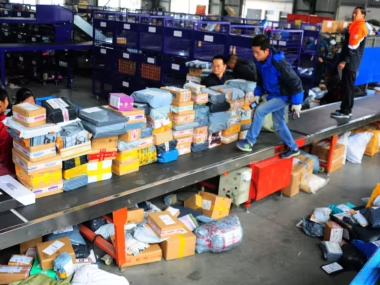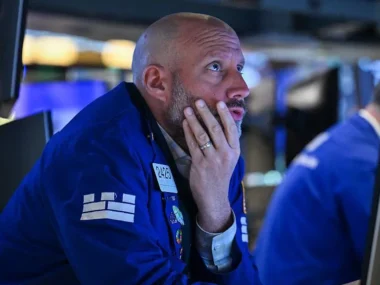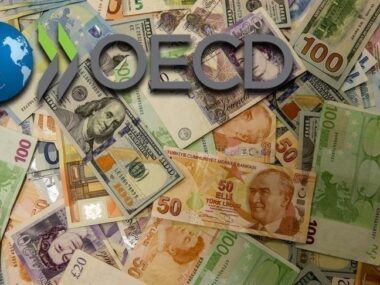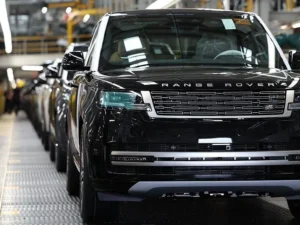Since Russia’s large-scale invasion of Ukraine in 2022, its economy has outperformed expectations. While not thriving, it is far from collapsing. Last year, Russia’s war-driven economy likely grew faster than that of the United States and major European nations. Unemployment is at a historic low, and though increased defense spending has limited other expenditures, this is seen as temporary.
According to Elina Ribakova, a senior fellow at the Peterson Institute for International Economics, these figures serve dual purposes. To the Russian people, they signal resilience: “We’re still standing.” To Ukraine’s allies, the message is: “We can endure longer than you.”
This portrayal of economic stability has tangible consequences. It raises doubts in the West about the effectiveness of sanctions imposed by Ukraine’s supporters, which Putin has dismissed as mere “logistical hurdles.” If sanctions appear ineffective, critics question their utility.
However, experts argue that this perceived strength is an illusion, carefully crafted by the Kremlin to project economic stability. As the war approaches its third anniversary, cracks in this façade are beginning to show. Analysts describe the growth as unnatural and unsustainable, likening it to being “on steroids” or “running on cocaine,” as Ribakova told CNN.
Economic challenges are mounting. Some Russian officials have warned of production limits leading to price hikes. Inflation surged last year, even as the central bank raised interest rates to 21%, the highest in two decades. Signs of trouble also include labor shortages, the strain of new sanctions, and a growing credit bubble.
Despite recent military gains, these economic issues could push Putin toward negotiations sooner than anticipated. Analysts suggest that worsening conditions might make sanctions relief a stronger bargaining tool for the West.
Shadow budget
Throughout the conflict, the Kremlin has employed a strategy called “reflexive control,” designed to influence an opponent’s perceptions. The goal is to guide Ukraine’s Western allies into making decisions that align with Russia’s interests.
A clear example is the supply of weapons. Whenever the West has considered providing Ukraine with advanced military technology—such as modern tanks, fighter jets, or long-range weapons—the Kremlin has issued warnings of severe repercussions, including the threat of nuclear escalation. These tactics have delayed weapon deliveries to Kyiv, favoring Moscow.
The same approach applies to the economy. The Kremlin aims to persuade Ukraine’s allies, particularly the U.S., of Russia’s economic resilience. If Russia appears capable of sustaining the war long-term, the U.S. might push for a ceasefire aligned with Russia’s objectives. Shaping such perceptions is critical, experts note.
To support this narrative, Russia often highlights its economic strength. During his annual press conference last month, Putin claimed that Russia’s economy was growing “despite everything,” surpassing Europe and the U.S. in performance.
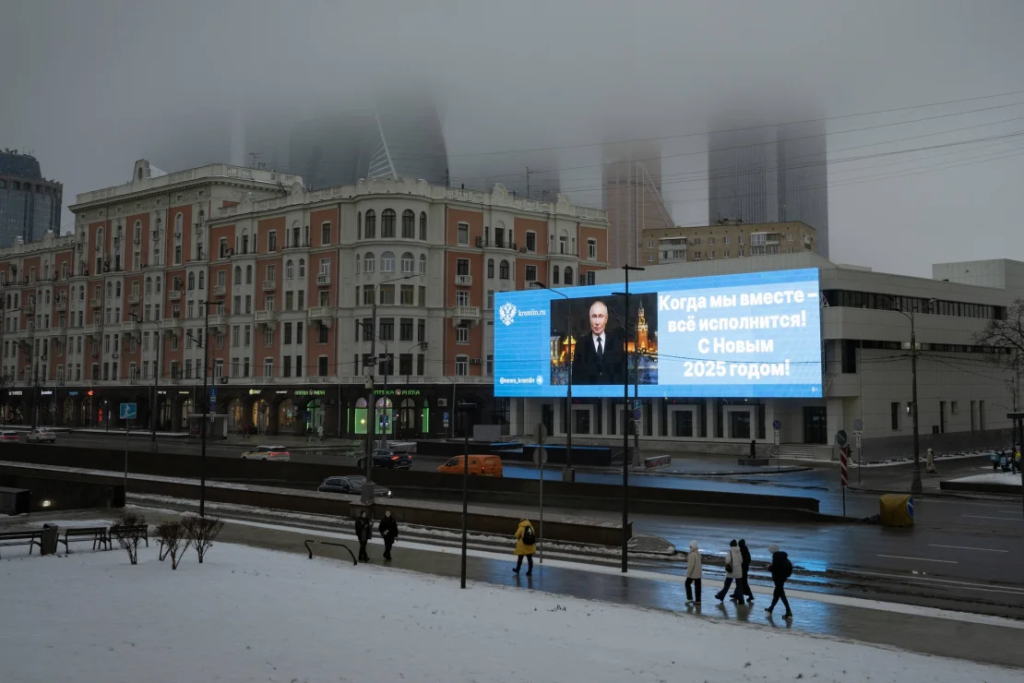
An electronic billboard in Moscow displays an image of Putin alongside a New Year’s message, dated January 7, 2025.
Putin has relied on economic growth and low unemployment as key strengths, according to Alexandra Prokopenko, a fellow at the Carnegie Russia Eurasia Center.
However, these figures mask deeper issues. Russia is obscuring the war’s true financial burden through a covert “off-budget financing scheme,” as outlined in a report by Craig Kennedy from the Davis Center for Russian and Eurasian Studies at Harvard. While the official defense budget appears manageable, a significant rise in corporate borrowing—essentially disguised government spending—has gone largely unnoticed, Kennedy explained.
On February 25, 2022, the second day of the invasion, Russia passed a law allowing the state to compel banks to issue loans to businesses involved in war-related goods and services, under state-defined terms.
From mid-2022 to late 2024, private credit in Russia surged by an unusual 71%, amounting to 19.4% of the country’s GDP. Kennedy estimates that up to 60% of these loans—approximately $249 billion—were directed toward businesses tied to the war effort. These loans, made to financially unstable firms under favorable terms, are effectively state-mandated.
As a result, Russia is spending nearly double its official war budget, Kennedy stated.
This financing strategy poses a significant risk of a credit crisis. War-related firms burdened by unsustainable debt are likely to default, potentially leaving banks overwhelmed with “toxic debt,” Kennedy warned.
Savers’ jitters
Kennedy’s analysis has sparked mixed reactions. A Financial Times commentary described it as evidence that Putin is facing a “ticking financial time bomb.”
Others have taken a more measured view. Alexandra Prokopenko and Alexander Kolyandr, from the Center for European Policy Analysis, challenged some of Kennedy’s conclusions, arguing that fears of a banking crisis are “exaggerated.”
Tymofiy Mylovanov, president of the Kyiv School of Economics and Ukraine’s former economy minister, acknowledged the concerns but noted they might not necessarily lead to collapse.
“The conditions for a crisis exist, but is there a trigger?” he told CNN.
One potential trigger could be panic among ordinary Russians, who have experienced the pain of losing their savings before. If depositors fear their money is at risk, this could ignite bank runs.
Since autumn, rumors have circulated that the central bank might freeze deposits, especially as high interest rates have driven savings to new highs. Although the Bank of Russia dismissed the rumors as “absurd,” Mylovanov said the discussion itself raises alarms.
“The fact they feel compelled to address it indicates underlying problems,” he said.
In response, Alexei Nechayev, leader of Russia’s New People party, has suggested a new law to block the central bank from freezing deposits without approval from the Duma.
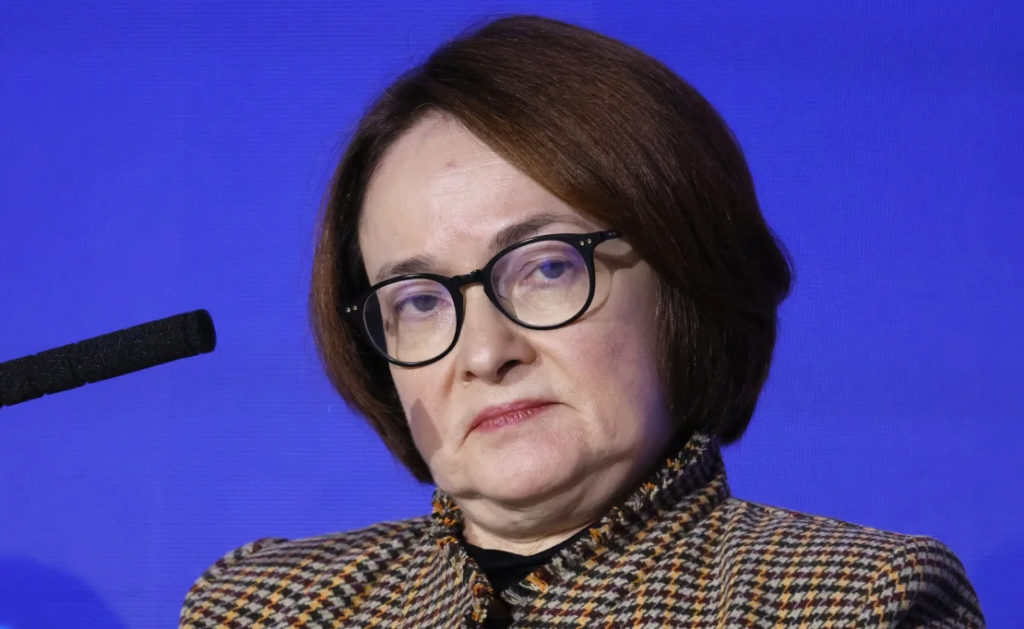
Elvira Nabiullina, the Governor of Russia’s Central Bank, participates in the VTB Investment Forum held in Moscow on December 4, 2024.
While the central bank seeks to bolster confidence, doubts are growing about its governor, Elvira Nabiullina. Though she was initially praised for stabilizing the economy at the start of the war, some members of Russia’s elite have now criticized her. The head of Rostec, a state-owned defense conglomerate, argued that the central bank’s high interest rates are hurting exports. Similarly, the chairman of Gazprom Neft, Russia’s major oil company, expressed concerns that expensive credit could negatively affect service providers in the oil sector.
Even Putin, who has long supported Nabiullina, voiced a subtle criticism during his year-end press conference. He suggested that the central bank might have used other tools besides interest rate hikes and could have acted “more efficiently and at an earlier stage.”
Headwinds
Russia’s economy faces significant challenges in 2025, even without the threat of a credit crisis.
The International Monetary Fund (IMF) estimates that Russia’s GDP grew by 3.8% in 2024 but expects a slowdown to just 1.4% growth in 2025.
Putin has acknowledged that while consumption has increased, production has not kept pace, a situation that often leads to price hikes. Inflation surged to 9.5% last year, up from 7.4% in 2023. To prevent thefts, some supermarkets have even started locking up butter.
While wages have risen, this points to deeper labor market issues. Putin touts the record-low unemployment rate of 2.3%, but this also signals a shortage of workers. With 1.6 million skilled workers in short supply, companies are having to offer higher wages to attract talent.
The war has exacerbated the labor shortage. Ukraine’s General Oleksandr Syrskyi recently reported that Russian forces suffered over 434,000 casualties in 2024, including 150,000 killed in action. Since the conflict began, Russia’s total casualties are estimated to exceed 800,000, according to Ukrainian military figures, with UK and US estimates being slightly lower. CNN cannot independently verify these numbers.
Russia could attempt to alleviate this shortage through immigration, but rising xenophobia, fueled by recent terror attacks in Russia, has created challenges. Central Asian migrants, who have historically filled labor gaps, are increasingly facing ethnic tensions.
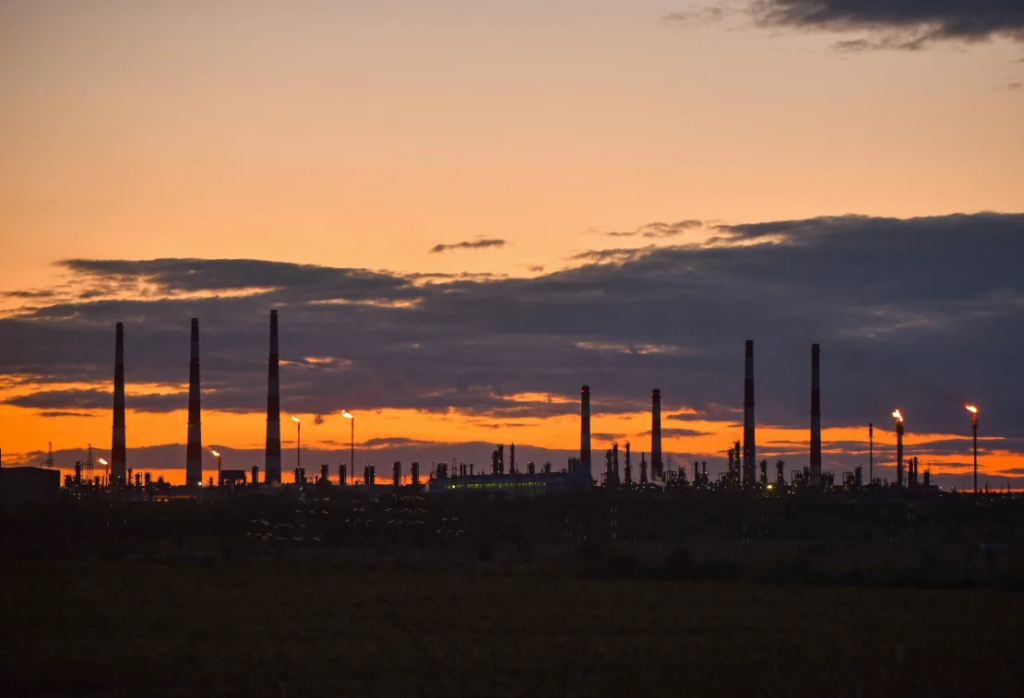
Gazprom’s gas processing plant in Russia’s Orenburg region in 2023.
Western sanctions are increasingly taking a toll on Russia’s economy. A sanctions package introduced by the Biden administration in its final days targeted Moscow’s “shadow fleet”—a group of aging oil tankers used to circumvent previous sanctions on Russian oil exports. Dozens of these ships are now stranded globally, unable to dock or unload due to the new measures. China and India, which have helped fund Russia’s war through their oil and gas purchases, are reportedly seeking alternative suppliers.
Ukraine’s refusal to renew a gas transit agreement that previously allowed Russian gas to flow through its territory will cost Gazprom up to $5 billion annually in sales. In 2023, Gazprom posted a loss of nearly $7 billion—the first in almost 25 years—and is considering cutting over 1,500 jobs. With Gazprom’s financial losses, Russia’s war chest is shrinking.
The mounting economic pressure is straining Russia’s social contract, according to Prokopenko from the Carnegie Russia Eurasia Center.
“The population no longer expects justice from the Kremlin; instead, they expect financial support,” she told CNN.
As this support “dwindles” due to war spending consuming funds needed for other services, Prokopenko warned that there is now a “clear divergence between the population’s expectations and the Kremlin’s ability to deliver.”
Moscow is finding it increasingly difficult to simultaneously finance the war, support the regular economy, and maintain overall economic stability. While the Kremlin has so far managed to juggle these pressures, Prokopenko suggested that something may soon have to give.

